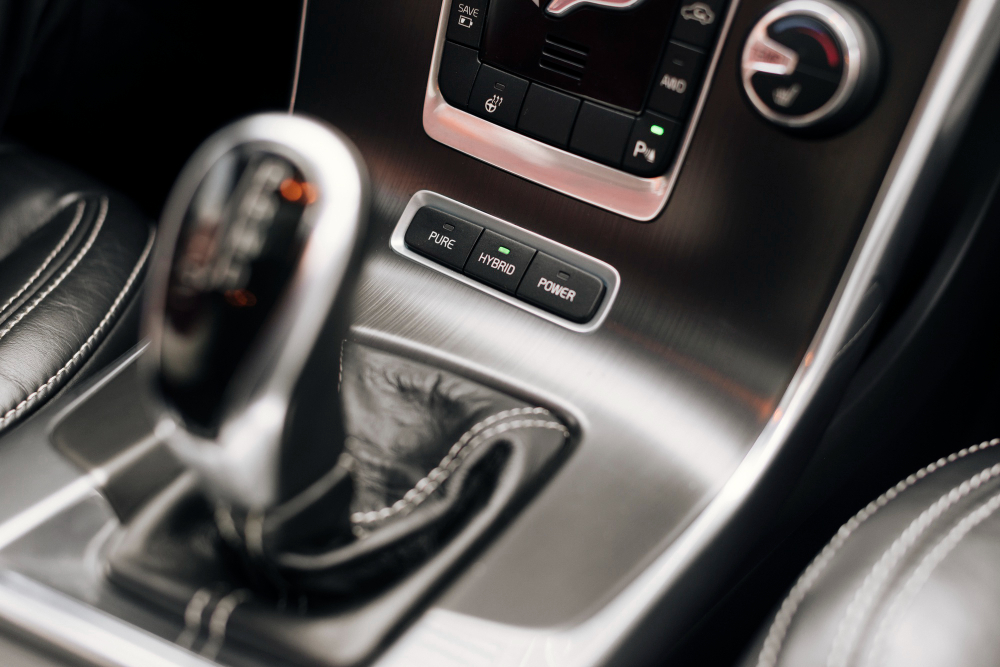Don't Overlook! 3 Signs Indicating Your Automatic Transmission Is Deteriorating

(Photo Credit: freepik)
Did you know? When an automatic transmission starts to deteriorate, it exhibits certain symptoms. The transmission is a crucial component of your vehicle that requires proper care and timely repairs when abnormalities occur. Today, Motorist will introduce you to the 3 signs indicating that your automatic transmission is deteriorating.
The automatic transmission is one of the key components in a vehicle, making driving more convenient by eliminating the need to manually engage the clutch as in manual transmissions. However, due to the complexity of its internal mechanisms, it is prone to problems and wear over time. Ignoring these issues and delaying repairs can lead to severe damage and high repair costs. Therefore, paying attention to the warning signs of a failing automatic transmission is essential for drivers to prevent problems and address them promptly.
Jerking When Shifting Gears
Jerking when shifting gears is the first sign that your automatic transmission may be having issues. If you notice that the gear shifts are not smooth and there is a jerking motion, you should have your car checked immediately. This could be due to the wear and tear of internal components or problems with the electronic control system.
Sluggish Response When Accelerating
A sluggish response when accelerating or the transmission not responding as promptly as it did when new is a clear sign that there may be a problem with your transmission. This is especially noticeable when driving in situations that require quick responses, such as overtaking or driving uphill. This sluggish response could be due to the deterioration of the transmission fluid or issues with the clutch system.
Gears Not Shifting or Car Not Moving
This is the most concerning symptom. If you shift into D (Drive) or R (Reverse) and the car remains stationary or takes a long time to start moving, it may be due to the wear of internal components or insufficient transmission fluid. You should take your car in for an inspection and repair immediately.

(Photo Credit: freepik)
How to Maintain Your Automatic Transmission
Maintaining your automatic transmission to ensure long-lasting and efficient performance involves several factors. Besides careful driving, such as not frequently changing gears and avoiding gear dragging, it is also crucial to change the transmission fluid at the recommended intervals, such as every 30,000 - 40,000 kilometers. This ensures smooth operation of the transmission. Additionally, check for any contamination in the transmission fluid, and if water is present, change the fluid immediately.
Impact of Weather on Transmission Performance
Extreme heat can also affect the performance of the transmission. The heat from the engine and the environment reduces the efficiency of heat dissipation, leading to faster wear of the transmission. Driving in hot weather requires extra caution, such as driving slowly in traffic jams or on steep paths, to maintain the transmission's performance and extend its lifespan.
Paying attention to the maintenance of your automatic transmission is crucial for ensuring that your vehicle remains functional and efficient for a long time. Regular inspections and maintenance according to the recommended schedule will help you avoid transmission failures and ensure the safe operation of your vehicle.
Claim your free car valuation today!
Read More: The Differences between E20, E85, 91, and 95 Fuels
Looking for a car appraisal? You can contact us for a free car valuation within 24 hours…
